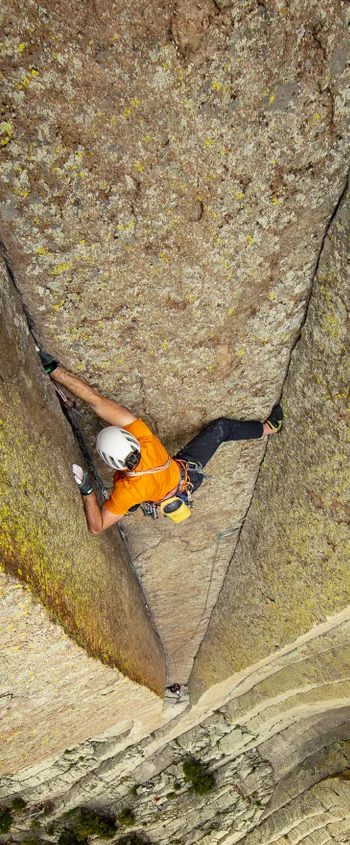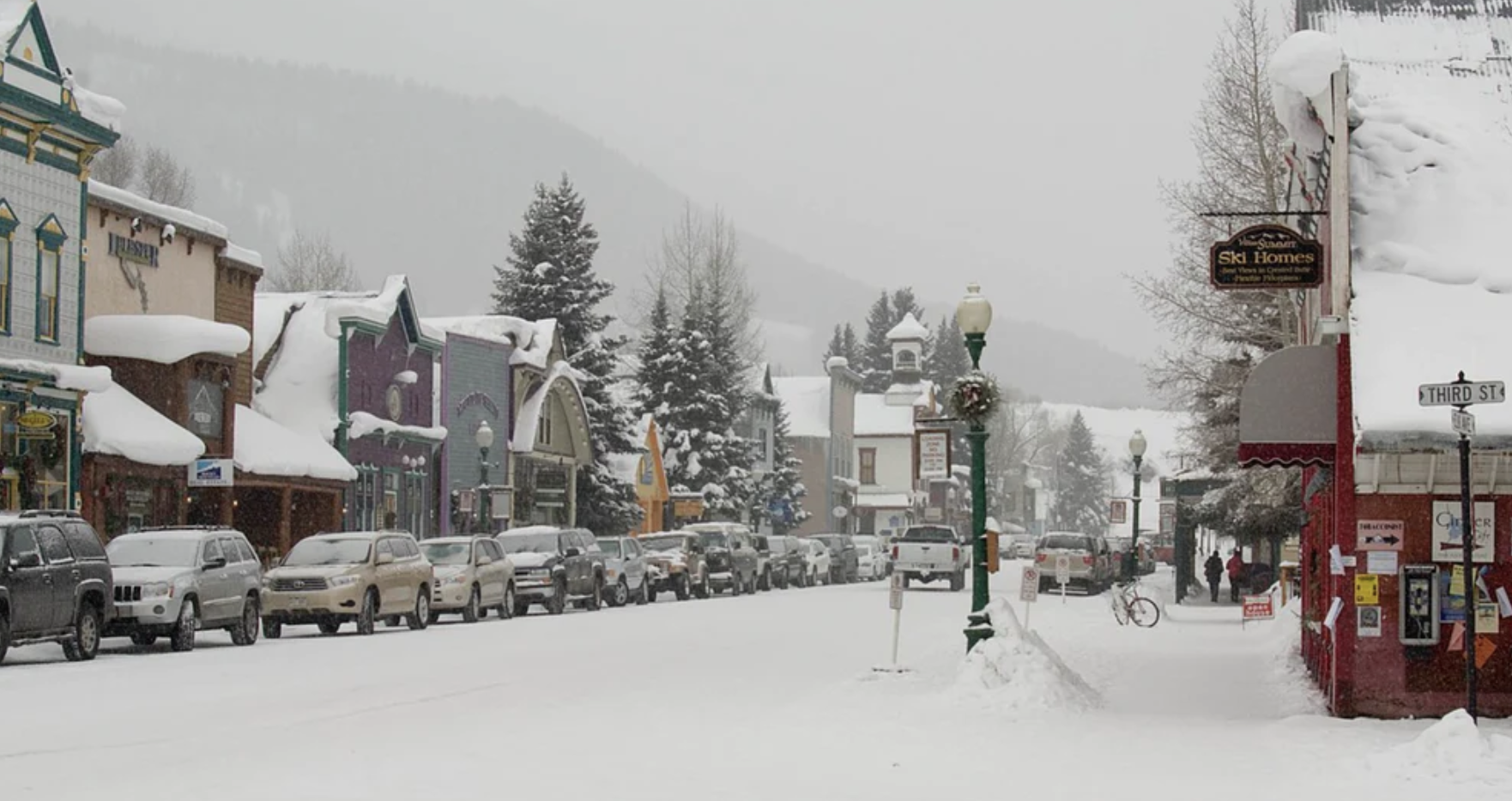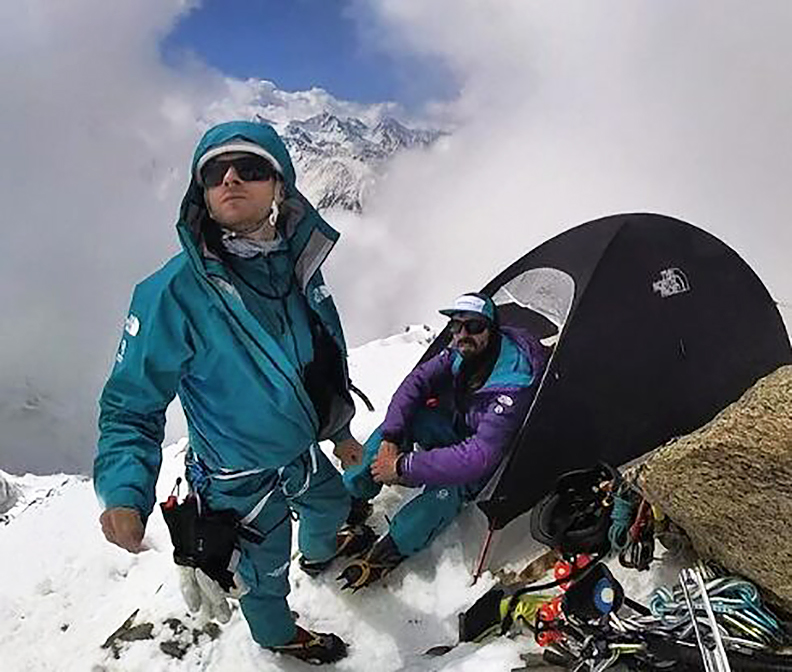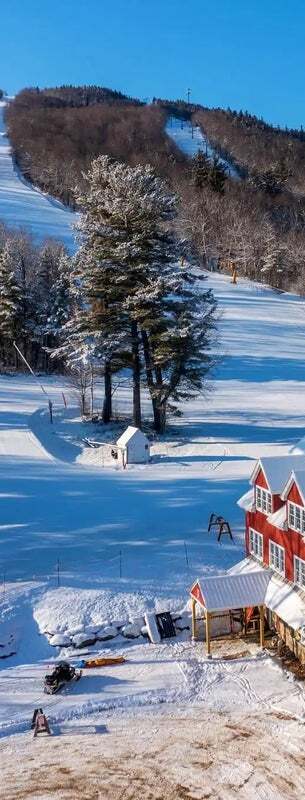
Nearly two decades ago, I moved to the mountains to be a ski bum, chasing snow. I was a stereotype—an East Coast kid pulled west by the promise of bigger adventures and higher mountain ranges. I was also part of a counterculture that rejected social norms in favor of 100-day ski seasons.
In ski towns in western Colorado in 2005, risk was everywhere, but in a way that felt exciting. I liked the brag of drinking too much, and I was too naïve to notice harder drugs. Climate change seemed theoretical, and no one I knew had died in the mountains yet.
Corporate entities were just starting to binge-buy resorts while I somehow thought that living in my car was cool and I could exist like that forever.
But myths are complicated things to keep alive, and I eventually left ski towns to work as a writer, already seeing the ski-bum dream changing. I saw friends struggling to build careers, families and community while still chasing the fragile dream that a powder day topped almost everything.
So recently, I went back to see what was going on, to try to track the evolution of what had been my own obsession. I looped through mountain towns across the West, from Aspen, Colorado to Victor, Idaho and Big Sky, Montana, to assess the current state of ski bums.
What I found was that everyone trying to build a life in those towns was struggling, from my old colleagues who had stuck around and wished they’d bought real estate to “lifties” fresh out of school.
“A lot of people here are living a fantasy I can’t obtain,” said Malachi Artice, a 20-something skier working multiple jobs in Jackson, Wyoming.
At the most basic level, the math just didn’t work. In most mountain towns, it’s now nearly impossible to work a single full-time service job, the kind that resort towns depend on, and afford rent. The pressure shows up in nearly everything, including abysmal mental health outcomes like anxiety and depression.
Ski towns have some of the highest suicide rates in the country, and social services haven’t expanded to meet demand. Racial gaps are also widening in an industry that often depends on undocumented immigrants to fill the poorly paid, but necessary, jobs it takes to keep a tourist town running.
On top of all that, abundant snowfall, the basis of a ski resort’s economy, is getting cooked by climate change.
And sure, you can argue skiing is superficial and unimportant, but ski towns—some of the most elite and economically unequal places in the country—are microcosms for the way our social fabric is splitting.
Ski towns face crucial, complicated questions: Can they build affordable housing and also preserve open space? What happens when healthcare workers or teachers won’t take jobs because they can’t find a way to live in the community they serve? Will a town willingly curb growth when that’s what supports the tax base?
There are no easy answers because the problems are entrenched in both that slow-moving nostalgia that stymies change, and in the downhill rush of capitalism, which gives power to whoever pays the most: The housing market always tilts toward high-end real estate instead of modestly priced homes for essential workers.
What we value shapes our lives, and so I think we must hold the ski industry to higher standards. If these rarefied places can find ways to support working as well as leisure-based communities, they could serve as lessons for change elsewhere.
During my tour, I saw necessary workers in the ski industry facing hard economic choices, but I also saw positive, community-scale change. In Alta, Utah, for instance, the arts nonprofit Alta Community Enrichment added mental health support when its employees reported an urgent need.
If ski-resort towns are going to survive, the lives of their workers need to matter, and that means caring about them—from affordable housing to accessible mental health support.
By Heather Hansman
For more information and details : https://adventure-journal.com/blogs/news/ski-bum-culture-hits-reality
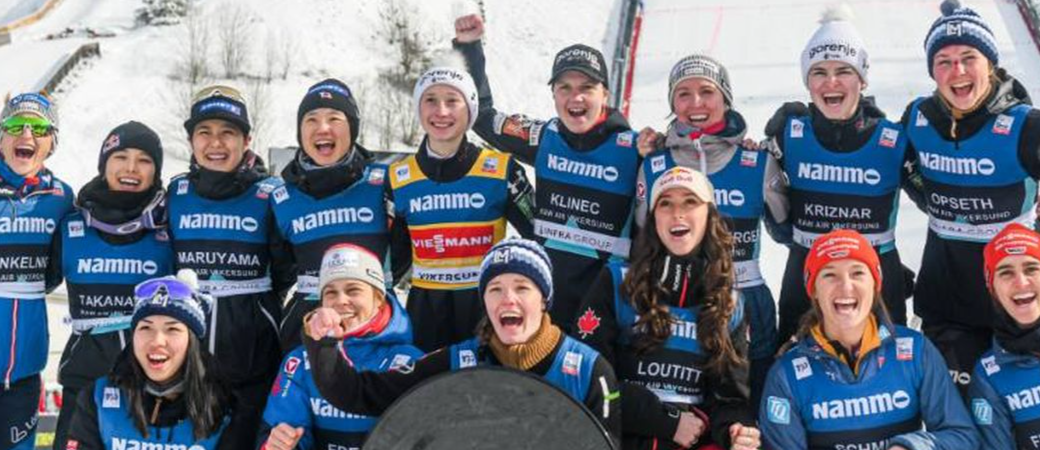
More News
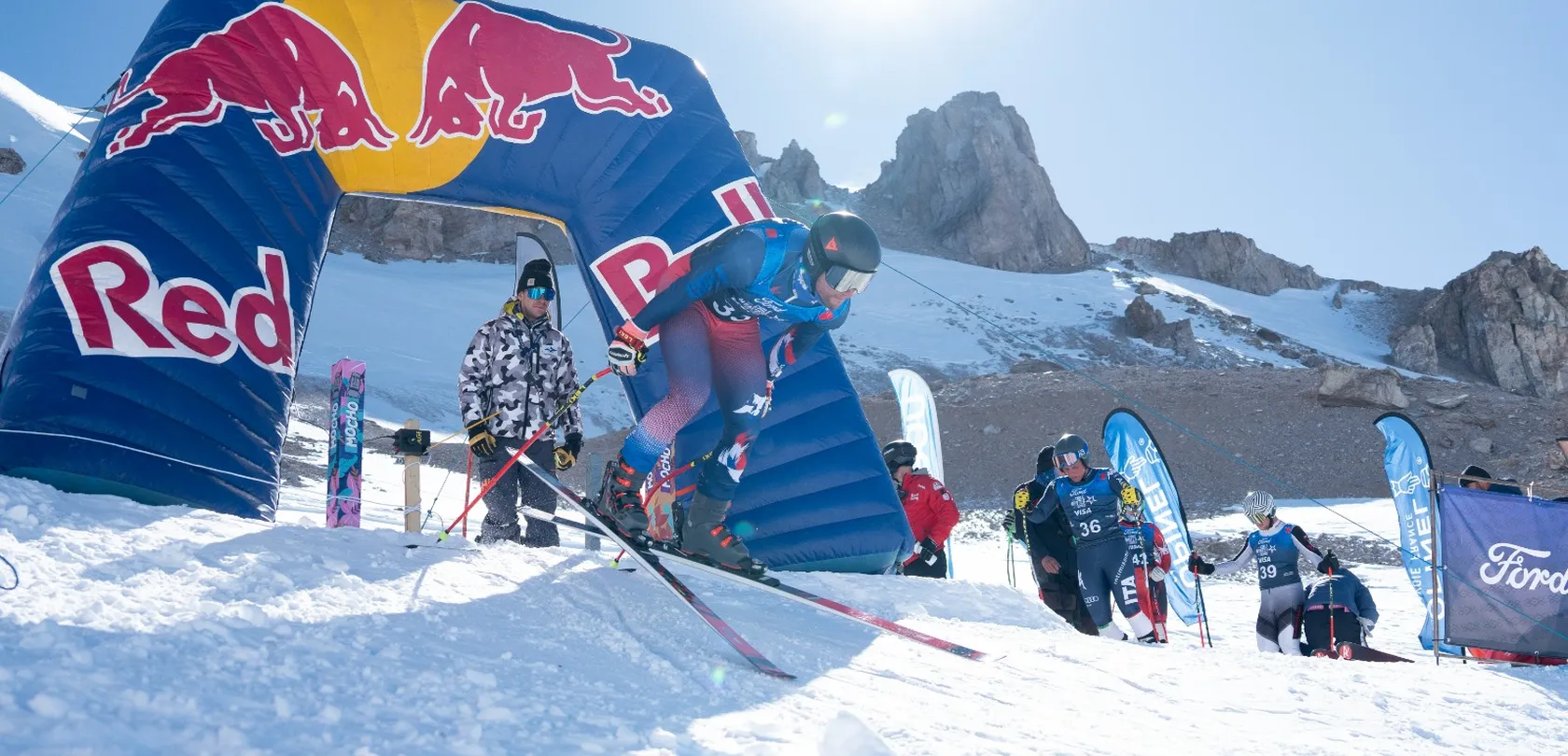 AdventureSport
AdventureSport
South America’s Snowiest Season in 30 Years Sets the Stage for Epic Ski Competitions
Nearly two decades ago, I moved to the mountains to be a ski bum, chasing snow. I was a stereotype—an East Coast kid pulled west by the promise of bigger adventures and higher mountain ranges. I was also part of a counterculture that rejected social norms in favor of 100-day ski seasons. In ski towns […] Read More

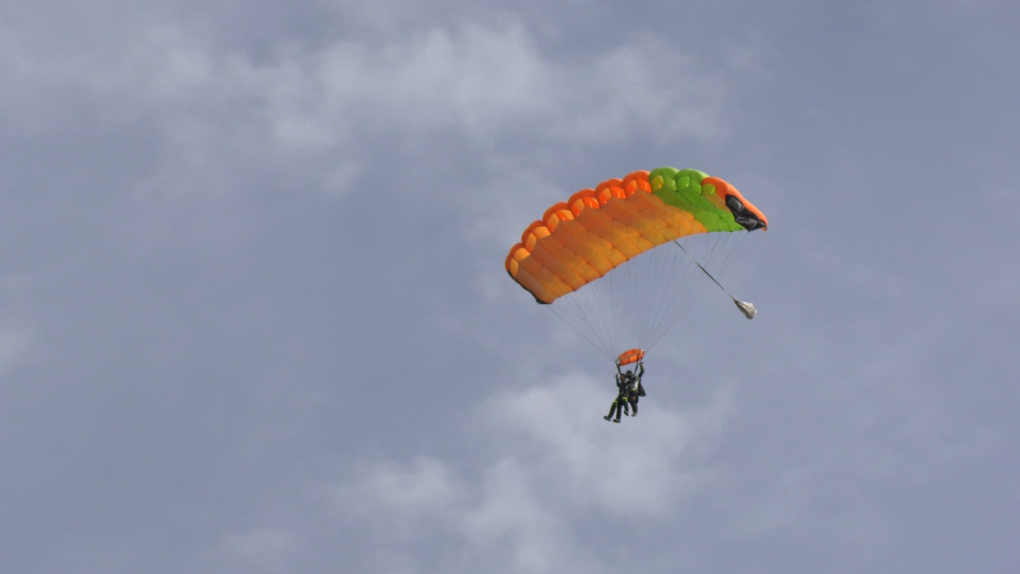 Adventure Trail
Adventure Trail
Skydivers Aim High: Celebrating the First World Skydiving Day at Skydive Edmonton West
Nearly two decades ago, I moved to the mountains to be a ski bum, chasing snow. I was a stereotype—an East Coast kid pulled west by the promise of bigger adventures and higher mountain ranges. I was also part of a counterculture that rejected social norms in favor of 100-day ski seasons. In ski towns […] Read More

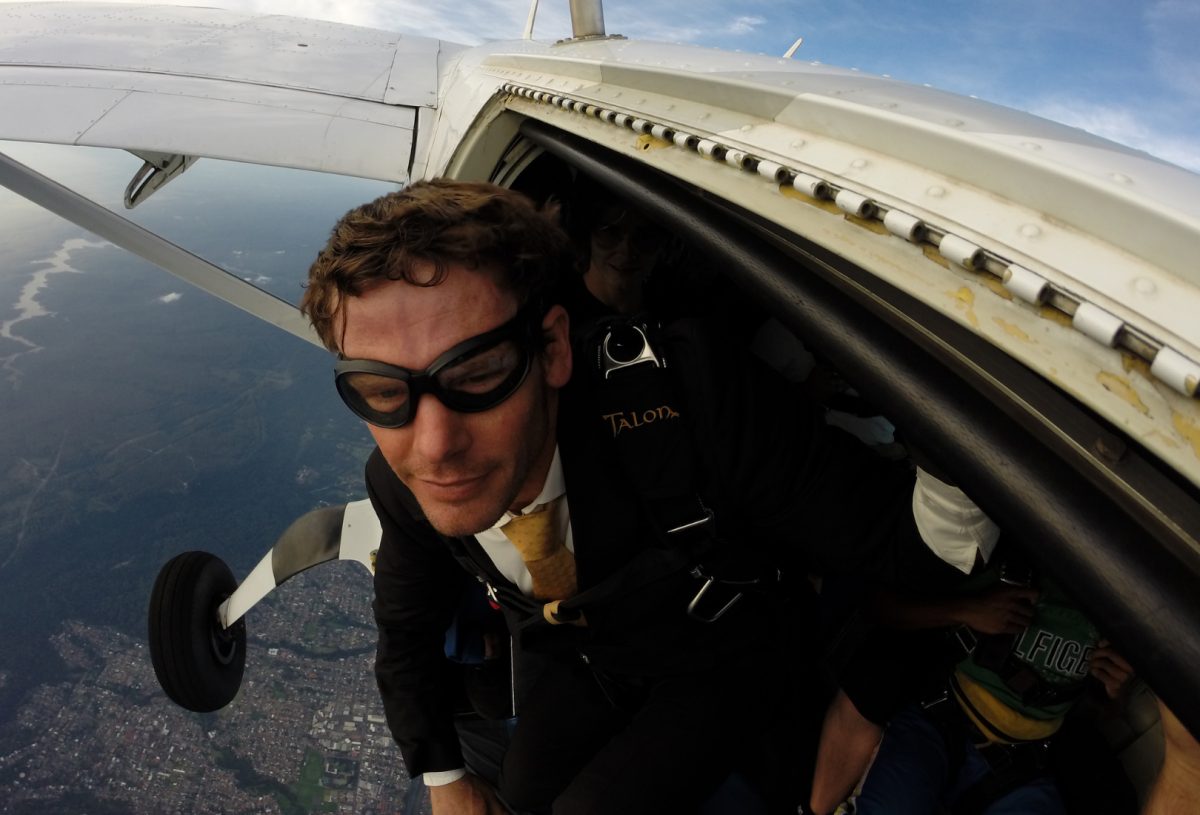 Adventure Trail
Adventure Trail
From Humble Beginnings to Soaring Heights: The Journey of Skydive Australia
Nearly two decades ago, I moved to the mountains to be a ski bum, chasing snow. I was a stereotype—an East Coast kid pulled west by the promise of bigger adventures and higher mountain ranges. I was also part of a counterculture that rejected social norms in favor of 100-day ski seasons. In ski towns […] Read More

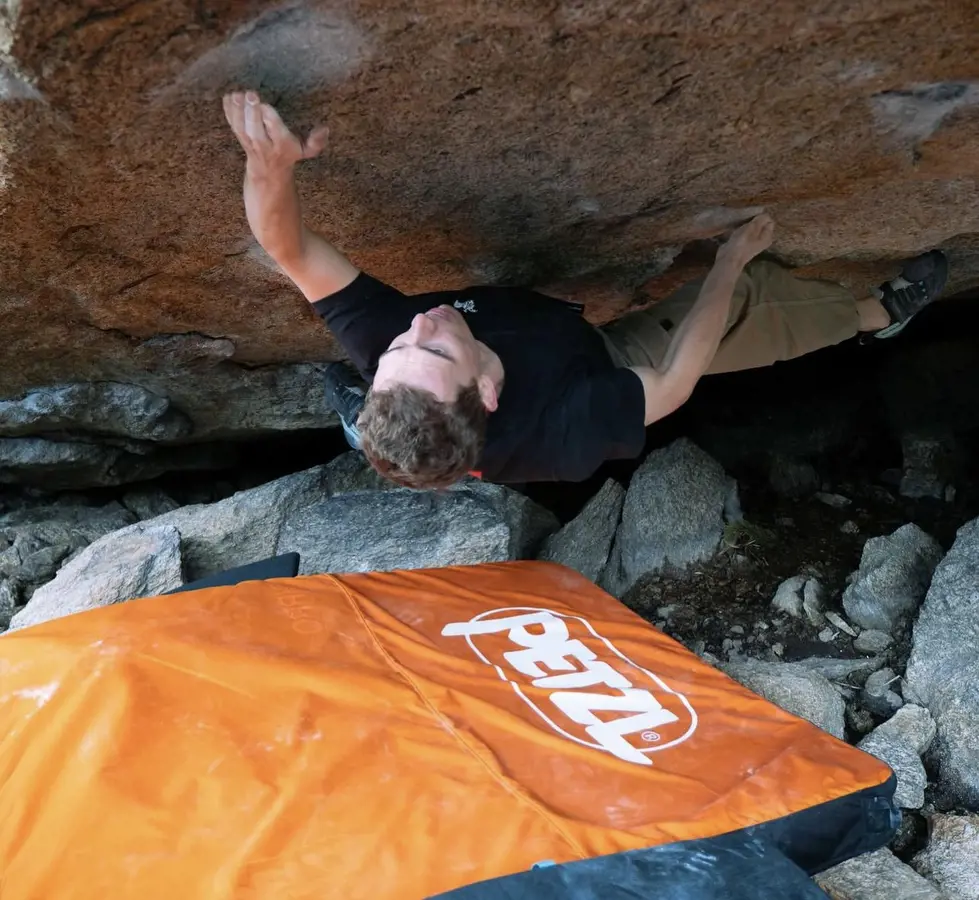 AdventureSport
AdventureSport
Lukas Mayerhofer Achieves First Ascent of Anam Cara Low (8C)
Nearly two decades ago, I moved to the mountains to be a ski bum, chasing snow. I was a stereotype—an East Coast kid pulled west by the promise of bigger adventures and higher mountain ranges. I was also part of a counterculture that rejected social norms in favor of 100-day ski seasons. In ski towns […] Read More

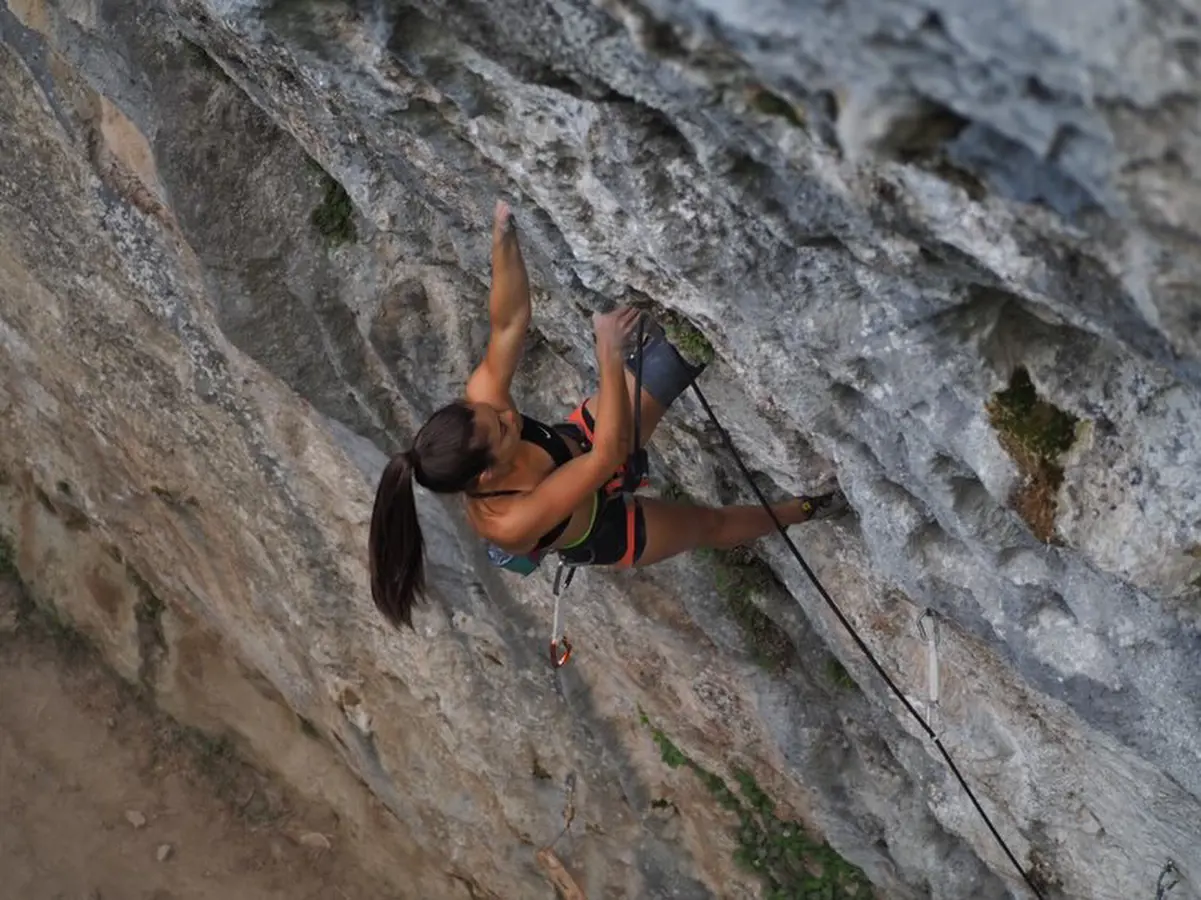 AdventureSport
AdventureSport
Ainhize Belar Barrutia Conquers Parasitorik ez (8c)
Nearly two decades ago, I moved to the mountains to be a ski bum, chasing snow. I was a stereotype—an East Coast kid pulled west by the promise of bigger adventures and higher mountain ranges. I was also part of a counterculture that rejected social norms in favor of 100-day ski seasons. In ski towns […] Read More

 AdventureSport
AdventureSport
Ard Intrachupongse: Climbing Solo and Soaring High
Nearly two decades ago, I moved to the mountains to be a ski bum, chasing snow. I was a stereotype—an East Coast kid pulled west by the promise of bigger adventures and higher mountain ranges. I was also part of a counterculture that rejected social norms in favor of 100-day ski seasons. In ski towns […] Read More

